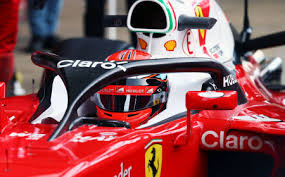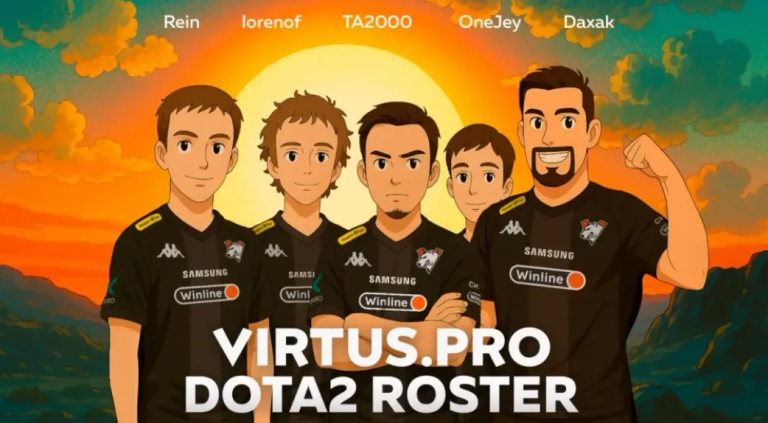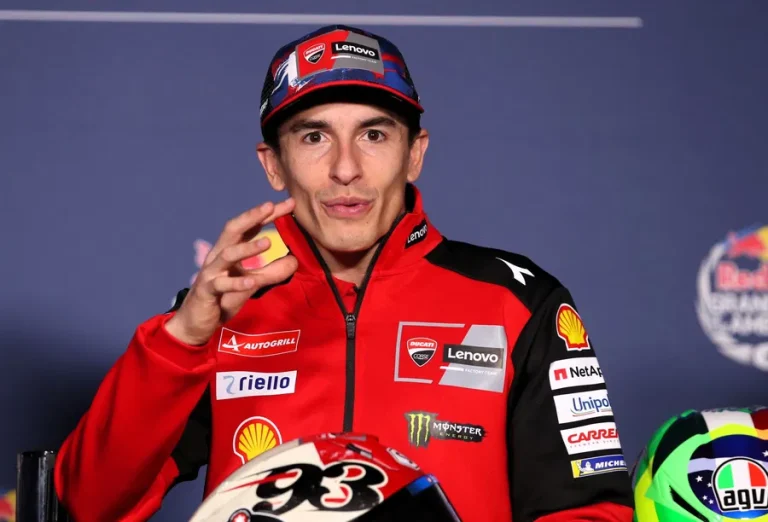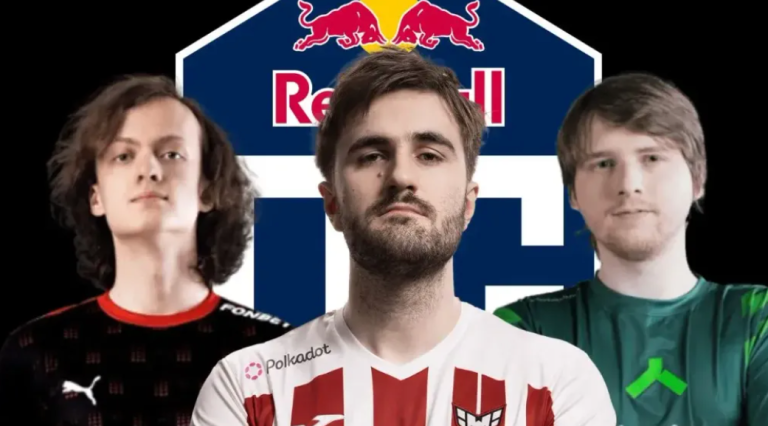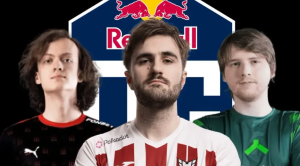Formula One’s decision to introduce a ‘halo’ cockpit protection device next year is a mistake, according to former champion Niki Lauda. The Austrian, who is non-executive chairman of world champions Mercedes, told Germany’s Auto, Motor und Sport on Thursday that he recognized safety had to be improved where possible. However, a convincing solution had yet to be found to protect drivers’ heads from debris.
“We tested the Halo, the Red Bull Aero screen and Ferrari’s Shield as a cockpit protection. None has convinced 100 percent. You have to make the right decision in such a situation. The halo is the wrong one,” he said. Lauda, a triple world champion who retired from racing in 1985 after a near-fatal fiery crash in 1976, said the halo destroyed the “DNA of a Formula One car”. “The FIA has made Formula One as safe as it gets. Also, the danger of flying wheels is largely eliminated because the wheels are always more firmly attached. The risk to the drivers has become minimal. “We are just trying hard to get new fans for the sport with fast cars and getting closer to the spectators, and now this is destroyed by an overreaction.”
The governing FIA announced on Wednesday that the halo would be introduced for 2018 rather than the transparent ‘shield’ tested at Silverstone last week. The halo, which is fixed to the car at three points including a central pillar in front of the driver that supports a protective loop above his head, has been widely criticized on aesthetic grounds. Some have compared its appearance to the toe strap of a flip-flop. Former Dutch F1 racer Giedo van der Garde posted a photograph on Twitter of himself holding a sandal to his head as an example. Commentator and former racer Martin Brundle said it was ‘plain ugly’.
“I expect F1 Halo will cause as many problems as it fixes and further hides the gladiators away,” he added on Twitter. Austrian Alex Wurz, chairman of the Grand Prix Drivers’ Association (GPDA), agreed the halo was not good looking but defended the decision. “On the positive, please consider that safer cars mean we can race much faster and harder in the future,” he said.

